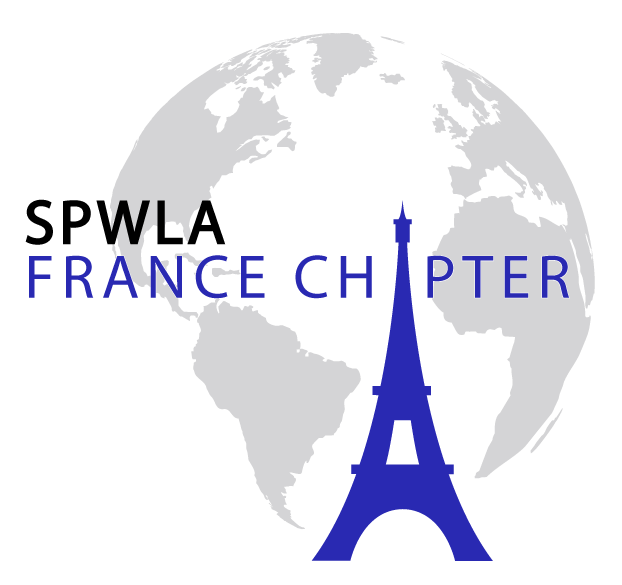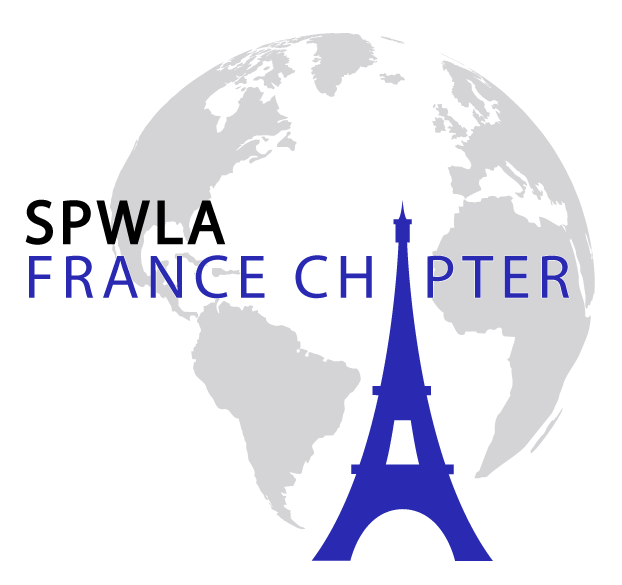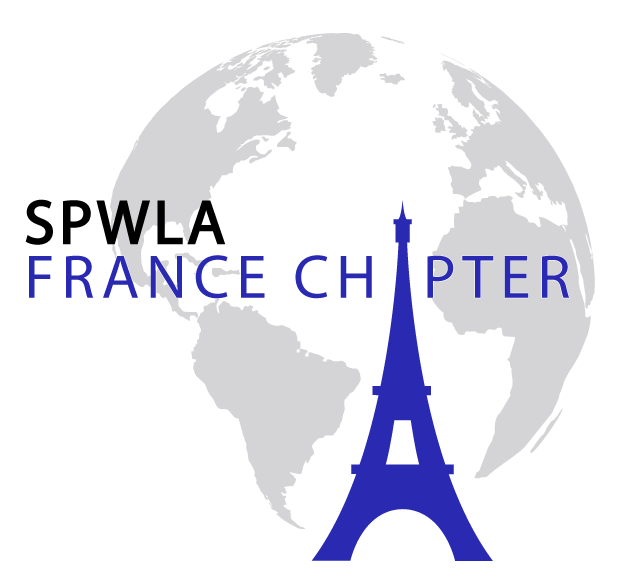11 avril 2000 – Apport des Diagraphies en mécanique des roches et des sols / Role of Logs in Rock and Soil mechanics
9:45 Accueil
10:00 Seconde Assemblée Générale Ordinaire de la SAID
11:00 : Use of log data for advanced geomechanic modelling of drilling and completions
John Cook, Schlumberger Cambridge research
11:30 : Les propriétés pétrophysiques des sols
Ludovic Baron, Institut de Géophysique, Université de Lausanne
12:00 VIBRATIONS ET OSCILLATIONS DANS LES CAVITES PROFONDES
Benoît Brouard & Pierre Bérest, Laboratoire de Mécanique des Solides, Ecole Polytechnique
In this presentation we considered deep caverns (from 300 m to 2000 m and more) that are connected to ground level through a cased and cemented well, which allows injection or withdrawal of fluids into or from the cavern. These caverns are, in general, leached out from salt formations. The purpose of these caverns is to provide chemical plants with brine or, more commonly, to provide storage of large quantities of hydrocarbons. The volumes of such caverns range from 5,000 m3 to 1,000,000 m3.
Compressibility of these deep fluids-filled cavern was discussed. Compressibility is measured both through statical and dynamical tests. Statical compressibility is influenced by cavern shape and cavern fluids nature. This parameter plays an important role for such applications as the determination of stored hydrocarbons volume, of volume lost during a blow-out, and of pressure build-up rate in a closed cavern. Dynamical compressibility is measured through the periods of waves triggered by pressure changes. Both tube waves and longer period waves associated to the existence of an interface between a liquid and a gas can be observed. They allow to check the results of the statical tests and can provide additional information, for instance the existence of trapped gas in the well-head.
12:30 – 14:00 : Déjeuner libre
14:00 USE OF LOGS IN WELL BORE STABILITY ANALYSIS
Atef Inaisi, Totalfina
14:30 ACOUSTIC LOGS AND ROCK MECHANICS
Jean Marrauld, Elf EP
15:00 UTILISATION DES DIAGRAPHIES GAMMA-GAMMA ET NEUTRON-NEUTRON EN GEOMECANIQUE
Valery Ferber, Laboratoire Central des Ponts et Chaussées, Trappes
15:30 Pause
16:00 DE LA MESURE EN LABORATOIRE / PRESENTATION D’UNE NOUVELLE CELLULE TRIAXIALE
Francis Huot, Institut de Géophysique, Université de Lausanne
16:30 LWD Images for Geomechanical, Geological, and Petrophysical Interpretations
John Fuller, Schlumberger, Gatwick
Real-time LWD data, especially borehole images and annular pressure while drilling, are essential tools to calibrate and refine strength and stress profiles. While the majority of azimuthal images have been acquired to understand the geology and petrophysics of a reservoir, the images often contain artifacts due to geomechanical processes. An analysis of these artifacts is important to understand the geomechanics of the well and improve geological and petrophysical interpretation. Time-lapse data are particularly important in monitoring dynamic processes such as formation failure and invasion.
Acknowledgements to: Tom Bratton, Ted Bornemann, Qiming Li, Dick Plumb, John Rasmus and Helle Krabbe.
17:00 Rafraîchissements
Lieu/Meeting place : Mardi 11 avril 2000, Réunion à 9h45 chez Schlumberger (Paris)
42, rue Saint Dominique
75007 PARIS
- MÉTRO : Station INVALIDES
- Parking payant sous la Place des Invalides.
Condition d’entrée : droit d’entrée de 200 francs ; gratuit pour les adhérents de la SAID, de l’AFTP, de la SPE, de la SGF.



Sorry, the comment form is closed at this time.